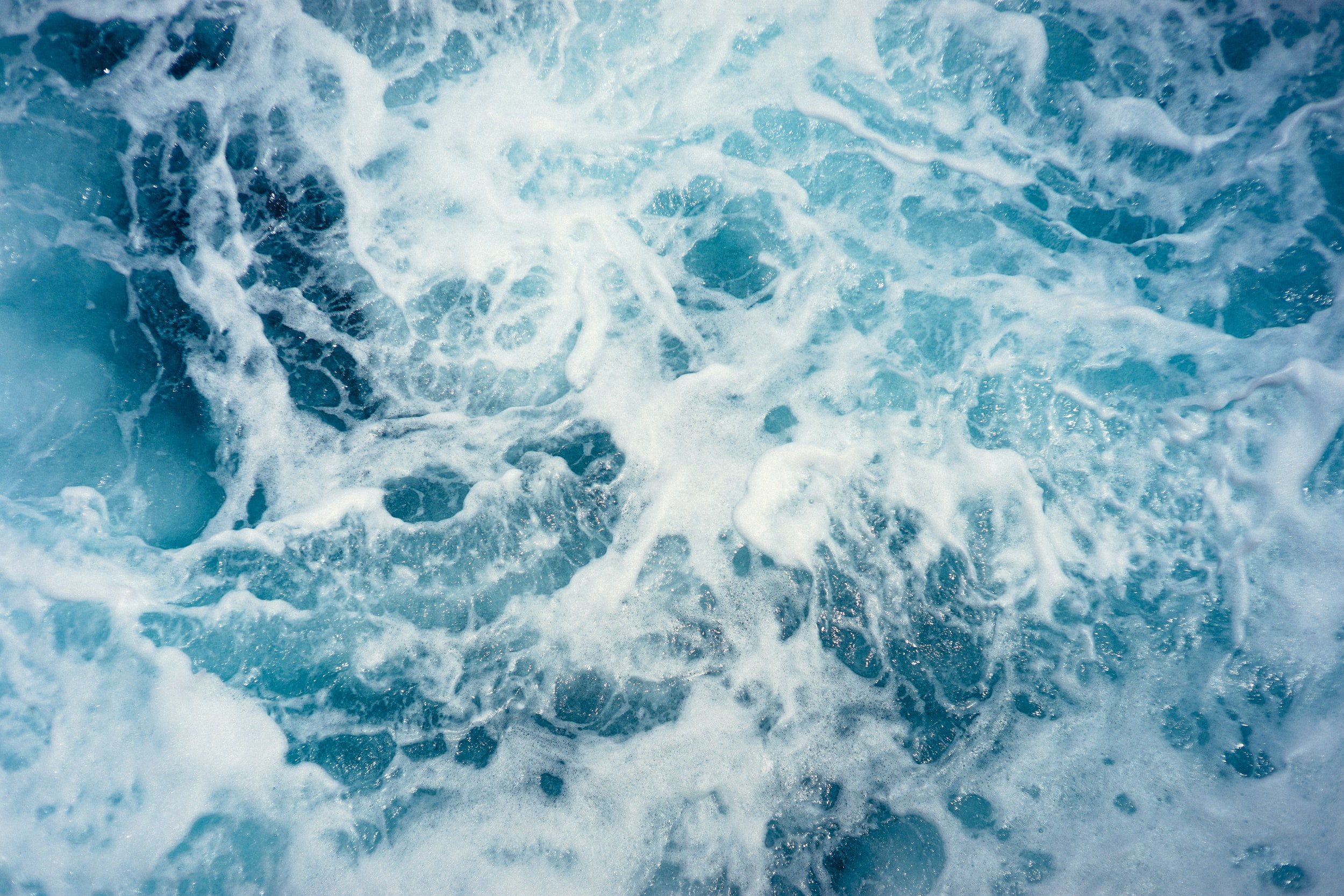Reflecting on the Value of Our World’s Watersheds

Salmon and Steelhead: Ecologically Linking our Oceans, Rivers, and Forests
Wild salmon and steelhead trout have an important role to play in supporting ecosystem health and human well-being in the Pacific Northwest and the inland West. Each year, these fish hatch from eggs in freshwater mountain streams in the Columbia River Basin and migrate down river to the Pacific Ocean. As adults, the wild salmon and steelhead then leave the Pacific Ocean to migrate back up to where they were born to spawn the next generation of fish. Some species of salmon travel as far as 3000 miles to return to their ancestral spawning grounds. Uniquely, the fish die after reproducing, and their decomposing carcasses provide nutrients to more than 137 species and organisms in the watershed. Researchers have even detected minerals from the ocean in some of region’s tree leaves.
From an ecological perspective, this ancient migration cycle is extremely important because salmon and steelhead are ecosystem keystones. This means that the entire watershed’s health is dependent on healthy salmon and trout populations because these fish deliver important ocean nutrients to the waters where they spawn, and their bodies are the food base for many of the marine and terrestrial fish wildlife populations and forests.
Wild salmon and trout are also indicator species in addition to being keystone species, which means their abundance represents healthy rivers and forests. Inversely, their population decline foreshadows the decline of populations of other species in their ecosystems like bears, otters, elk, deer, roots, and berries.
From an anthropocentric perspective, these fish support human well-being as a food source for people who reside along the Pacific Coast and in the inland West. The entire river basin supplies water for irrigation, electricity production, flood control, and recreation, as well as provides water for cities, industries, and navigation. Additionally, the wild salmon are important figures in tribal religion and culture and support the region’s fishing economy. According to the Columbia River Inter-Tribal Fish Commission, the annual salmon return is an important symbol representing renewal and the continuation of life. The fish migration is also an important cultural event for the transfer of traditional values from one generation to the next.
Climate Change Impacts
Sadly, climate change, dams and massive irrigation are transforming the Columbia River, Snake River and their tributaries into an increasingly inhospitable ecosystem for these fish. The water temperatures have consistently reached levels the fish cannot tolerate. Major fish die-offs are becoming all too common. In 2015, ecologists reported that 96% of the Snake River sockeye salmon died trying to navigate through the warm river waters before completing their migration. And each year, as the water becomes warmer from climate change, major die offs will occur at a greater frequency.
According to historical Native American Indian reports and 19th century records, 10 to 16 million fish completed this migration each year. Modern accounts about these fish populations paint a very different picture. In 2021, a study conducted by the Nimiipuu (Nez Perce) on migratory fish reported populations of these salmon declining by 19% each year, which puts 77% of the chinook salmon populations near extinction by 2025. And consequently, their population decline has a cascading effect on the entire ecosystem, and species such as the bald eagle, grizzly bear, black bear, osprey, harlequin duck, and river otter are struggling as their base food supply becomes increasingly unstable.
Preserving this Freshwater Ecosystem
The wild salmon and trout’s critical role in supporting ecosystem health as a commodity resource to be harvested for human consumption makes their recovery and conservation essential. Additionally, the Global Safety Net, a global land analysis highlighting areas required to save biodiversity and solve climate change, classifies a majority of the Columbia River Basin as “intact wilderness” and identifies many important “climate stabilization areas” and “potential wildlife corridors” in the region. This provides further justification for significant conservation efforts focused on the wild salmon and trout.
These fish species are currently listed as endangered or threatened under the Engendered Species Act (ESA). Protecting these ESA listed species will require habitat restoration in the form of dam removal, outlined by 68 salmon and fisheries scientists, to restore river basin’s free flowing rivers. Doing so will likely be one of the most effective solutions to salmon recovery and climate resiliency. In addition to restoring habitat, policymakers must protect salmon and orca populations, honor commitments and leadership of the Northwest tribes and invest in clean energy and transportation infrastructure.
Take action today by signing Earth Justice’s petition to protect salmon and orca populations. Sign Idaho River United’s petition tell Pacific Northwest Officials to take action, their petition to get the Biden Administration involved, and their petition to pressure Washington Senator Murray and Governor Inslee to take action.





